Thermal imaging assists professionals in conducting building inspections, identifying electrical dangers and carrying out other tasks.
To some, it’s a mystery how thermal imaging cameras work. In this article, we’ll detail the ins and outs of this technology.
The basics of thermal imaging
A thermal imaging camera has an optics component, which focusses this energy into an infrared detector.
From a basic perspective, thermal imaging cameras record radiation intensity across the electromagnetic spectrum. Specifically, they register infrared radiation, which is invisible to the human eye.
But how do thermal imaging cameras convert this invisible heat into something the human eye can interpret? A thermal imaging camera has an optics component, which focusses this energy into an infrared detector. The latter device transfers the infrared data to electronic sensors, which process the image.
From a technological standpoint, this process is quite complex. Many algorithms are responsible for processing the heat data in order to convert it into an image the human eye can register.
However, this doesn’t mean that thermal imagers are an expensive investment. Recently, we at Testo launched the new Testo 869 thermal imaging camera, an affordable option at a great price. As well as providing all the top-quality thermography functions as expected, the Testo 869 is a good entry level introduction to the world of thermal imaging.
Applications of thermal imaging
HVAC R technicians, construction project managers, building inspectors, law enforcement officers and even those in the health care sector are using thermal imaging cameras to conduct their jobs. Some of the applications have led users to completely change what were once standard processes.
For example, factory managers and other personnel overseeing heavy equipment may utilise thermal imaging to predict failures. Many machines have ideal operating temperatures that denote they’re performing properly. A thermal imaging camera could identify a machine with greater heat intensity than normal, alerting technicians to a possible issue.
Other uses exist in the construction industry as well. When a building inspector is surveying a structure for renovation, he or she could use a thermal imaging camera to identify points of heat loss. From there, he or she can develop a concrete plan as to what specific building adjustments need to be made.
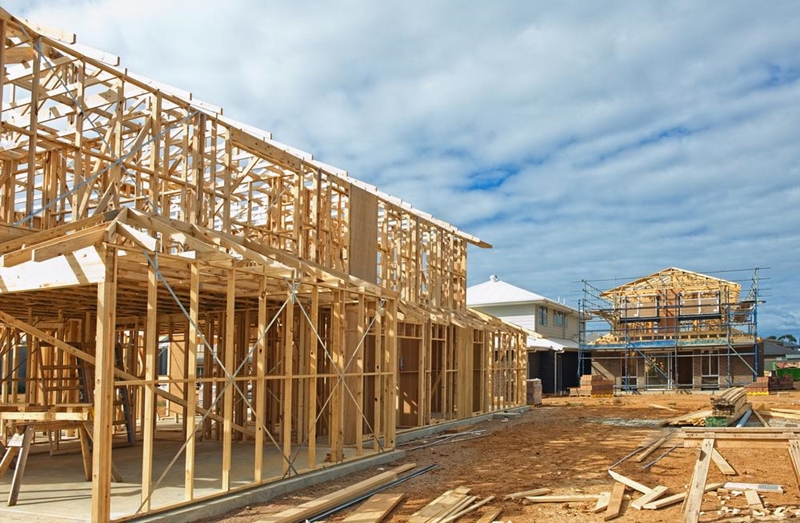 Thermal imaging can assist construction standards.
Thermal imaging can assist construction standards.Thermal imaging in health care
The technology isn’t exclusive to industrial purposes, either. According to Clinical Thermography, many health care providers are using thermal imaging to detect changes in breast health. Establishing baseline thermal patterns and monitoring any fluctuations of these patterns are two ways clinicians are using thermography.
In regards to the benefits of this type of approach, Clinical Thermography noted that breast thermography is approved by the US Food and Drug Administration, requires no contact and does not emit any radiation.
How professionals choose to apply thermal imaging depends on the requirements of their trade. If you want to know more about Testo’s thermal imaging technology, contact our staff today.



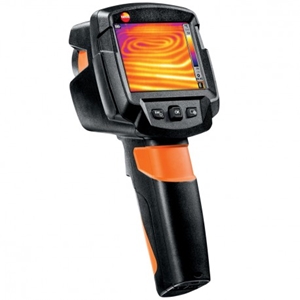

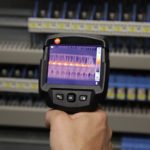
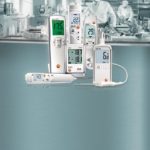
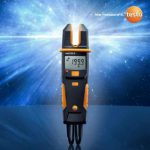

 Reduce cooking oil costs while ensuring quality
Reduce cooking oil costs while ensuring quality Expert knowledge on CO2 monitoring
Expert knowledge on CO2 monitoring Refrigeration knowledge - in 3 modules
Refrigeration knowledge - in 3 modules



